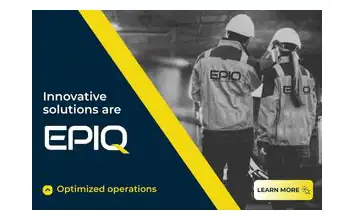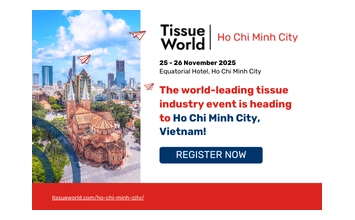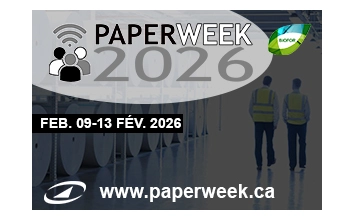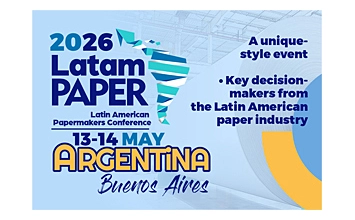Every year, millions of tonnes of crustacean shells, from crab, shrimp, and lobster, are discarded as waste.
What many see as an environmental burden is, in reality, an overlooked opportunity. These shells contain chitin, a natural biopolymer that can be refined into chitin nanocrystals (CNCs): a high-value, performance-enhancing additive that the pulp and paper industry is now beginning to embrace. As packaging producers work to reduce plastic use, strengthen fibre-based materials, and improve the sustainability of their supply chains, CNCs offer a solution that is both high-performance and bio-based.
What Are Chitin Nanocrystals?
Chitin nanocrystals are rod-shaped nanoparticles extracted from the shells of crustaceans. These nanomaterials are prized for their strength, biodegradability, and ability to enhance the properties of paper and packaging. Produced by upcycling end-of-life shells, CNC diverts ocean waste from landfills while creating a renewable feedstock for advanced high-performance materials.
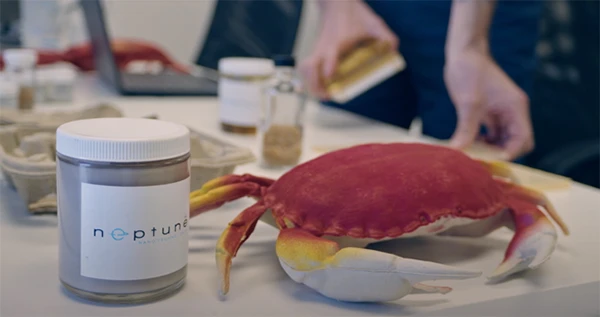
Why It Matters
The pulp and paper industry faces mounting pressure to reduce its environmental footprint while delivering stronger, more durable packaging. At just a 5% loading in pulp, CNCs delivers a 67% improvement in strength, 78% increase in stiffness, 17% higher elongation at break, and a 52% boost in tensile energy absorption (TEA). These enhancements translate directly into higher packaging durability, better edge-crush performance and improved packaging integrity - achieved without adding process complexity or altering mill operations.
The Value of Circularity
CNCs embody circularity in action. By repurposing waste shells, pulp and paper manufacturers can reduce reliance on virgin fibre, lower material intensity and reduce the carbon imprint of finished packaging. CNCs also offer inherent flame-retardant properties, providing an additional layer of utility for safety-critical applications across food packing, e-commerce, logistic and consumer goods.
Barrier Properties and Beyond
CNC’s value extends beyond mechanical strength. As a high-solids, water-based coating, it provides exceptional water and oil resistance, matching or exceeding the performance of commercial coatings. When incorporated into existing polyvinyl alcohol (PVA)-based systems, CNC reduces oxygen transmission rates by over 50%, rivaling metallized films while avoiding their environmental drawbacks.
Additional Benefits
Beyond strength and barrier improvements, CNCs offer anti-microbial and flame-retardant characteristics, making it ideal for food packaging and medical applications. Their ability to enable thinner, lighter, more effective packaging films further supports industry goals for lightweighting and sustainable materials.
The Future of Sustainable Packaging
As mills embrace smarter, more resilient operations, CNC stands out as a practical, drop-in route to superior performance, with the added benefit of converting ocean waste into measurable value.
Neptune Nanotechnologies continues to advance the science and scalability of chitin nanocrystals, supporting partners through ongoing R&D, pilot production, field testing, and application-specific collaboration. For organizations seeking to lead the next wave of packaging innovation, CNCs offer a proven, scalable solution that connects performance with sustainability and circularity.
Organizations interested in technical evaluation or sampling of chitin nanocrystals are encouraged to contact Neptune Nanotechnologies to explore application-specific trials and integration pathways.
Neptune Nanotechnologies, based in Markham, Ontario (Canada), develops nano-structured materials derived from marine waste (such as crab shells) using proprietary technology that yields chitin-based nanocrystals.















